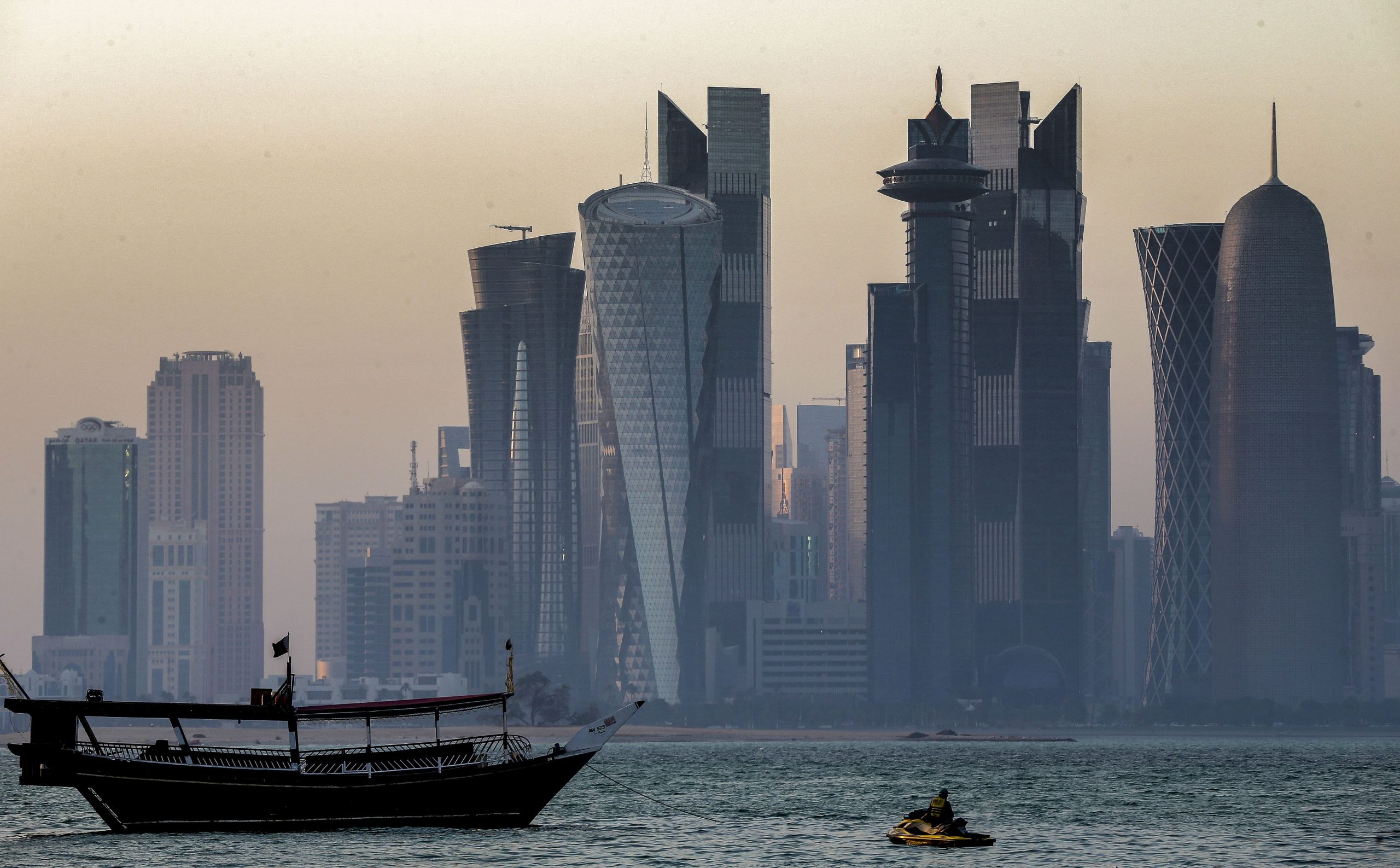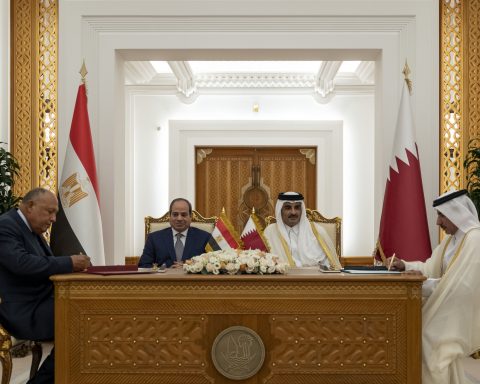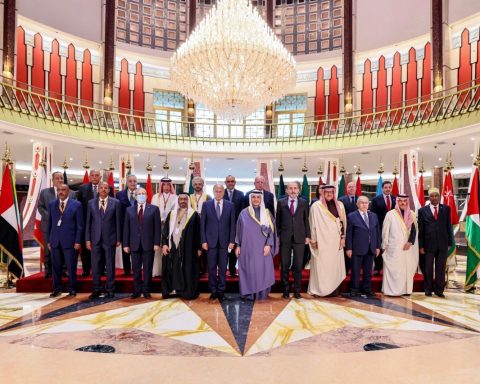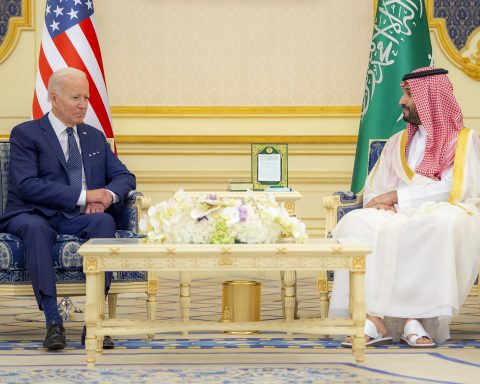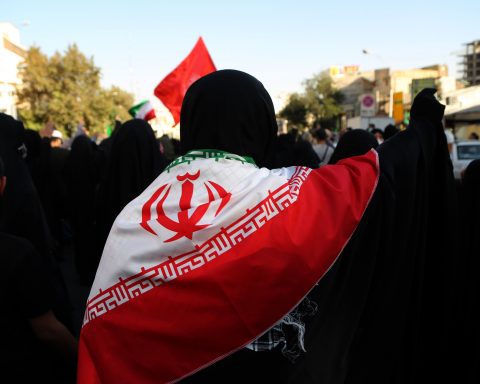Arab Youth Climate Movement Qatar released a report that showed significant decreases in the Gulf state’s greenhouse gas emissions during a 21-year period.
Qatar’s total greenhouse gas emissions were reported as 116.2 million tonnes (Mt) of carbon dioxide equivalent (CO2-e) in 2019, according to the National Emissions Inventory document, which looks at information from 1998 to 2019.
The overall emissions in 2019 have reduced by 4.71 Mt CO2-e, or 3.9 percent, compared to the highest emissions of 120.91 Mt in 2016.
However, Qatar’s energy industry has been steadily growing emissions for decades. In 2019, the energy sector was the leading source of greenhouse gas emissions, accounting for 98 percent of total net emissions (114.3 Mt CO2-e out of 116.2 Mt).
Between 1998 and 2019, energy emissions climbed by 433 percent, however, between 2019 and peak emissions in 2016, they declined by 4.3 percent.
Meanwhile, natural gas was the leading source of total net emissions, accounting for 42.7 percent of total net emissions. Between 2013 and 2018, the subsector’s overall emissions declined by 13 percent, and then by 3.1 percent between 2018 and 2019.
These efforts come within the framework of Qatar’s intent to cement its status as the world’s greatest natural gas producer.
“Qatar’s GHG emissions will increase in the next few years because of the increase in LNG production,” said Dr. Sayeed Mohammed, Director of Policy and Strategy at the Arab Youth Climate Movement Qatar.
“LNG production is emission-intensive; although, Qatar Petroleum has announced that it will deploy one of the efficient LNG trains along with carbon capture and storage. Despite all these measures, the LNG sector will continue to remain the dominant emitter in the country,” he added.
QatarEnergy, the Gulf state’s main energy company, has been planning to boost its gas production capacity with the $28.75 billion North Field East Project (NFE), the world’s largest liquefied natural gas project.

